This is a spinoff from a thread concerning how to connect to the internet from my laptop (Win 7 premium) via the dial-up modem on my desktop computer (Win XP SP3).
I succeeded in connecting using a helper program, AnalogX Proxy.
Having changed a number of settings on my laptop so that it will connect through my desktop, I can no longer connect directly using my public library’s WiFi network. I was able to open webpages using Firefox by changing from “Manual proxy configuration” to “autodetect proxy settings for this network,” but other programs, for example Norton Internet Security and a program to download a trial version of Office 2007, will not connect. I’m guessing that I have to change my LAN setting from “use a proxy server” to “automatically detect settings,” but I haven’t had time to try that yet.
My current question is, once I determine which settings I need for each method of connecting (dial-up through my desktop and direct connection via a public WiFi neetwork), is there a way to set up profiles that will allow me to switch back and forth between the two methods of connecting without having to manually change settings in the various settings dialogues?
Thanks,
Terry


